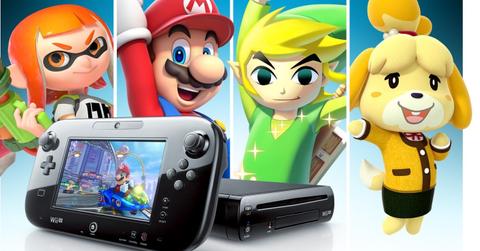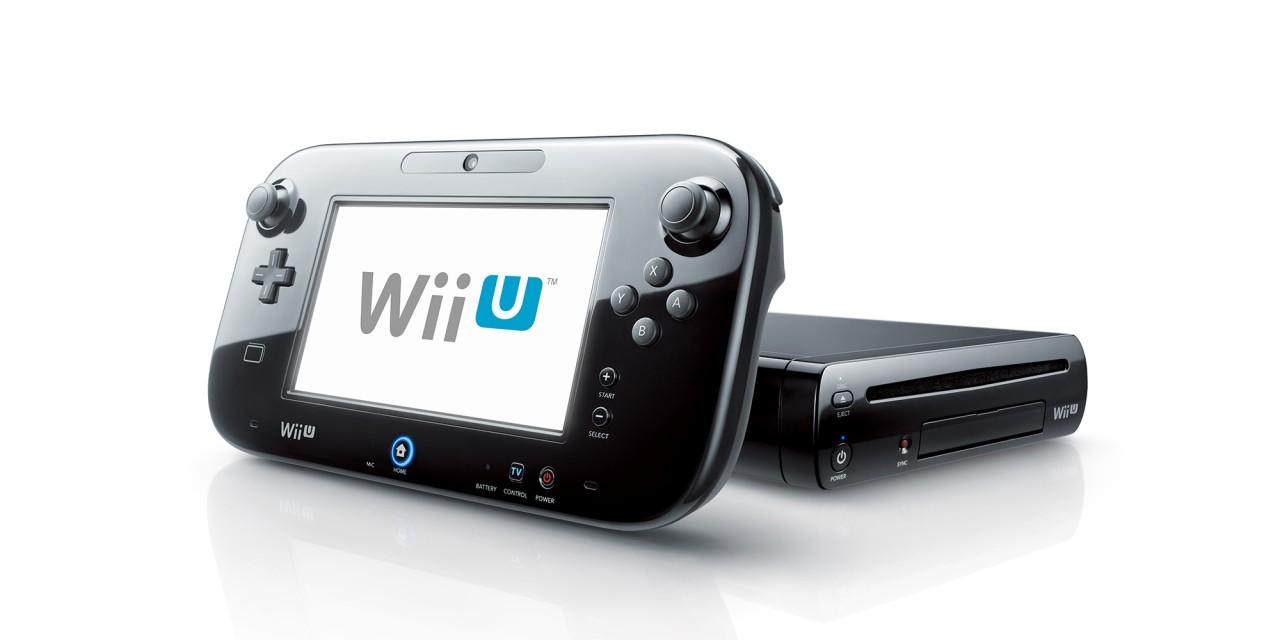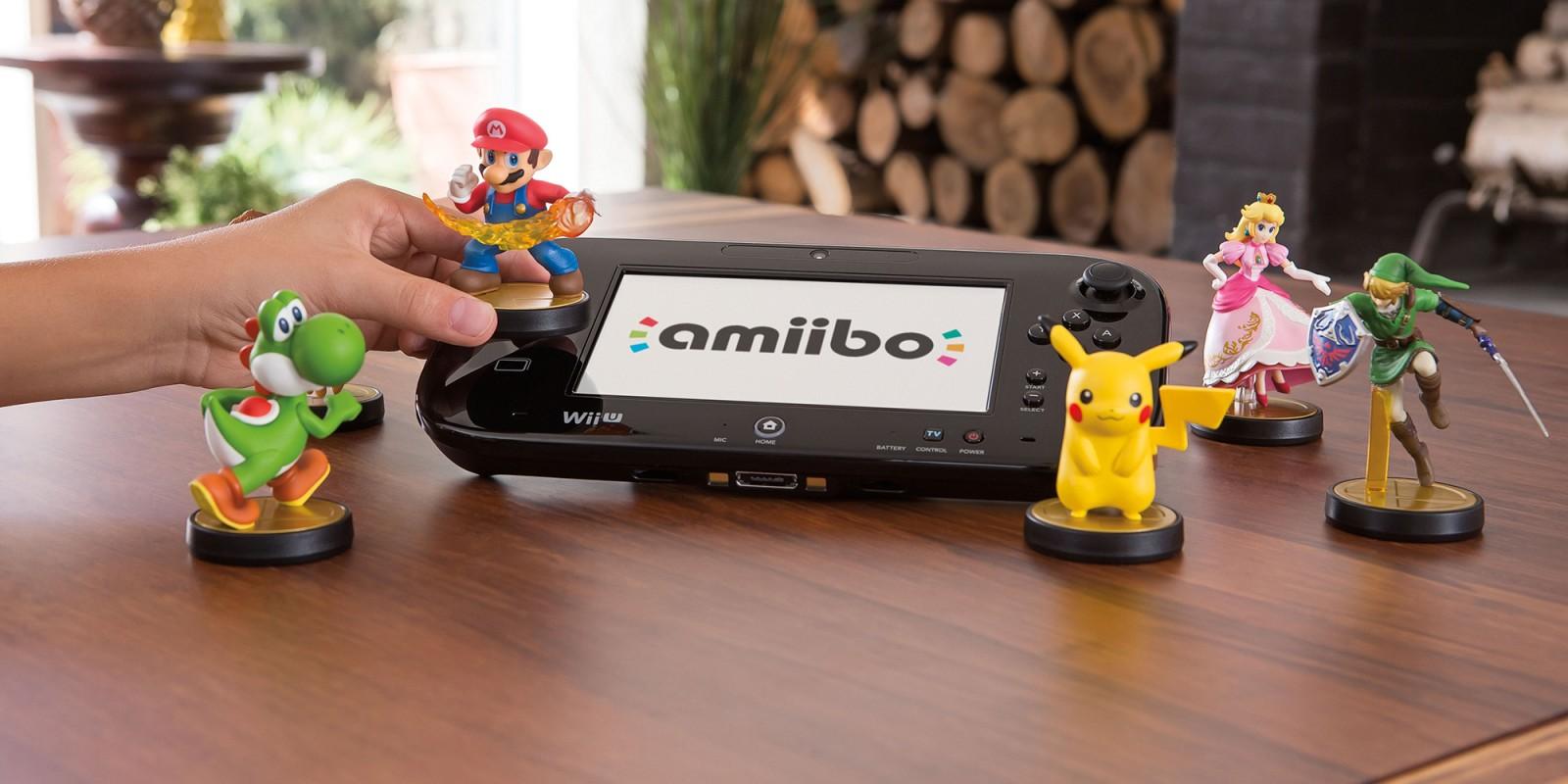A Breakdown on Why the Wii U Failed — Nintendo's Second Worst-Selling Console to Date
Published Feb. 3 2023, 4:50 p.m. ET

After the monumental success of the Wii released on Nov. 19, 2006, Nintendo sought to capitalize on the game console's explosive following of gamers worldwide with a new system years later: the Wii U. Before marketing began for the console, Nintendo had received a lot of renown for understanding how to make an intriguing console with motion-based controls and managing to appeal to a wide demographic of players.
Although, when the company announced the Wii U at E3 2011, many fans at home and even the audience were quite confused about what exactly it was. Could it be an accessory? Was it an enhanced version of the Wii, or perhaps a new console? Eventually, a video released at the event revealed a device similar to the Wii sitting under a TV with users utilizing a white gamepad with a screen to play games.

The footage described it as a "New Controller," which further confused everyone since the assumption was that it was an accessory for the Wii. Out of the gate, the Wii U began its downward spiral thanks to the confusion about the consol, making it the second worst-selling console from Nintendo as of this writing. Here's a breakdown of why it failed.
So, why did the Wii U fail? It starts with the console's marketing.
The Wii U was released officially on Nov. 18, 2012, and leading up to launch, plenty of trailers and marketing promos aired that muddled its identity.
Nintendo focused most of the marketing squarely on the Wii U's GamePad, leading those catching a short glimpse of it while watching television to continue assuming it was an additional item for the Wii. What also didn't help things is that it had a name very familiar to the previous console.

Then the starting price of $299 for the Basic version and $349 for the Deluxe iteration gave it a steep price for something many believed was just a controller. For those who took the gamble and purchased it, the Wii U's GamePad had some unique ideas, such as playing games on the handheld with the Off-TV Play function and offering some gimmicky touchpad options during games.
Performance-wise, the GamePad paled in comparison to the PlayStation 4 and Xbox One. Plus, the Wii U didn't have much third-party support, making the console less competitive despite the great games Nintendo made.
Looking back today, the Wii U earned around $13M across its lifespan, according to a graph shown by games writer Jake Carson Steinberg on Twitter. It also reveals the staggering disparity between the Wii U, the Nintendo Switch, and the Wii, showing both the Wii and Switch have earned over $100M. Judging from the numbers, it's clear the Wii U never gained substantial traction with Nintendo fans.
Almost a decade after its release, the Wii U eShop will soon close.
Nintendo will shut down the Wii U and 3DS eShops on March 27, 2023. Before then, users can grab what games they want, though it will still require some workaround to buy them.
Nintendo stopped credit card payment support for the Wii U eShop on May 23, 2022, and stopped redeeming eShop cards on August 29, 2022. The only way to add funds is if your Nintendo Network ID is linked to a Wii U or 3DS with your account on Switch. If you don't want to miss certain games for the console, now's the time to get them.